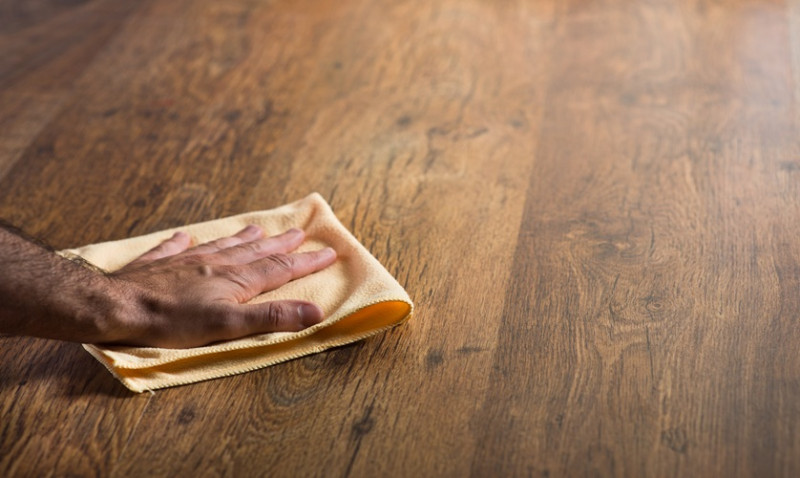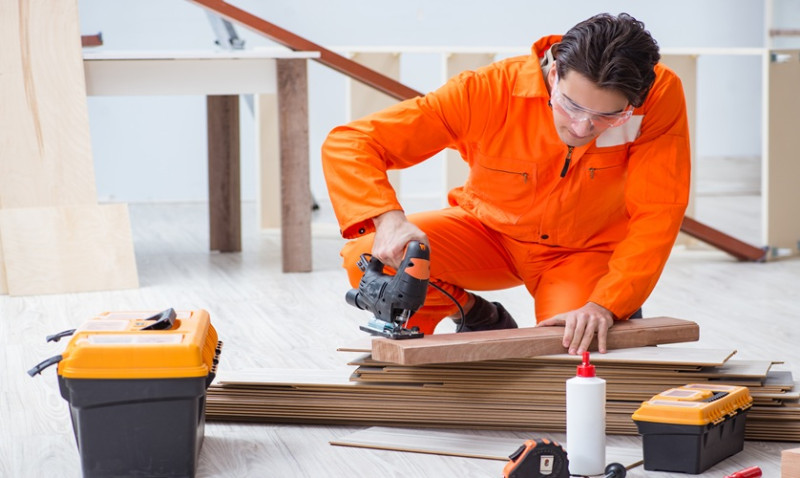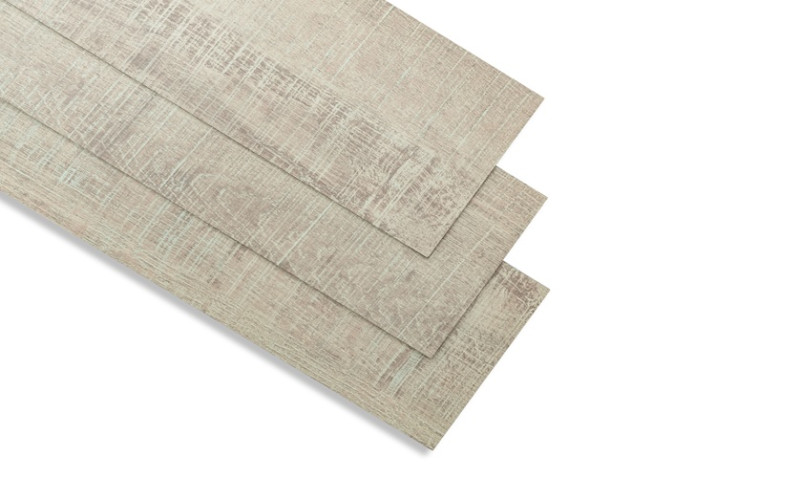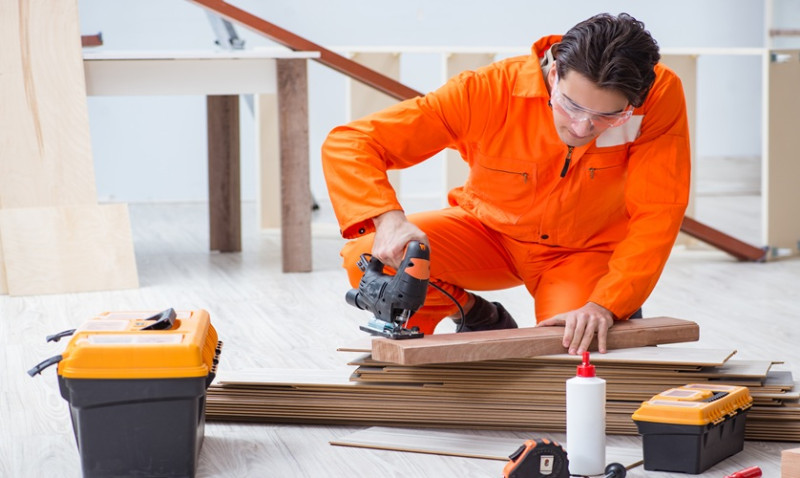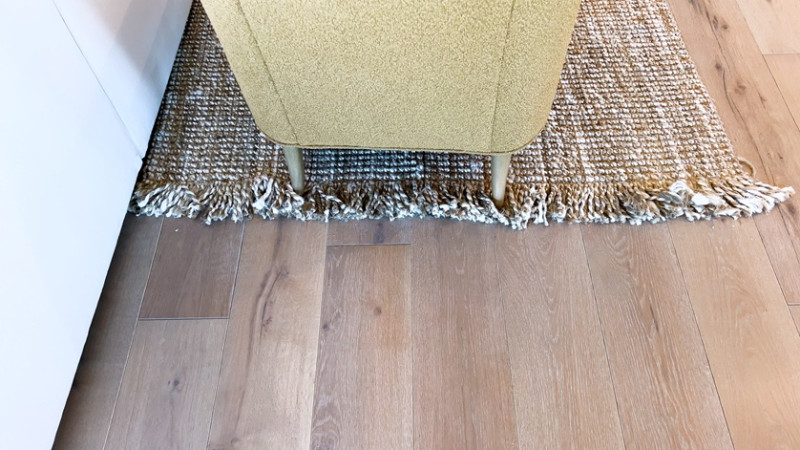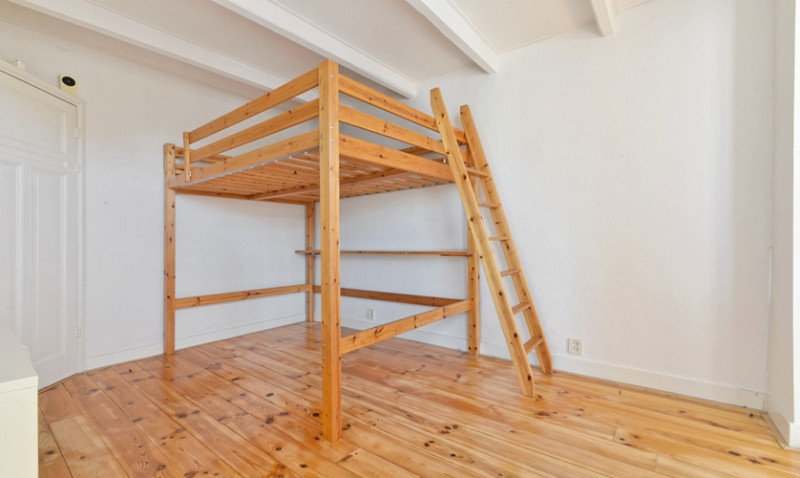
Keeping your wood floors looking pristine can be a challenge, especially in high-traffic areas or homes with children, pets, and heavy furniture. Scratches—whether minor surface blemishes or deeper gouges—can become an unwelcome eyesore that disrupts the beauty of your interior space. Luckily, repairing scratches in a wood floor doesn’t always require a costly professional. With the right tools, products, and know-how, even a DIY novice can make scratched wood flooring look like new.
In this guide, we’ll walk you through tried-and-tested techniques suited for a variety of floor types and damage levels, focusing on easy, cost-effective methods. Whether you're a design-savvy homeowner, a professional interior decorator, or a tradesperson looking to preserve the elegance of installed flooring, these tips will help get your floor looking flawless again.
Understanding The Type and Depth of the Scratch
Before grabbing your toolkit, it's vital to assess the scratch’s depth. Not all scratches are created equal—some may only skim the finish (surface scratches), while others may penetrate through to the wood grain itself (deep scratches).
Surface scratches are usually caused by dust and grit under shoes, furniture dragging, or pet claws. They typically affect only the top polyurethane layer of sealed floors and are the easiest to fix.
Minor scratches might go slightly deeper than surface marks but don’t usually cut into the bare wood. These can often be repaired with blending solutions or wax sticks.
Deep scratches and gouges generally expose raw timber and require a more thorough repair, possibly including fillers, sanding, and refinishing.
Understanding the type of damage helps determine the best solution—saving time, money, and unnecessary effort.
Quick Fixes for Surface-Level Scratches
If the scratch hasn’t gone beyond the finish, you might be able to repair it in under ten minutes. Here's how:
1. Clean the Area Thoroughly
Before applying any repair product, clean away dust and dirt that may have settled into the scratch. Use a damp (not wet) microfiber cloth and a small amount of pH-neutral wood floor cleaner.
2. Use a Polish or Restorative Solution
For light scuffs or hairline scratches, a dedicated wood floor polish or restorative product can work wonders. These solutions fill in micro-abrasions and boost sheen across the board.
3. Try a DIY Oil and Vinegar Mix
Mix equal parts of olive oil and white vinegar in a cup, then lightly rub the solution into the scratch using a clean cloth. Let sit for a few minutes and wipe dry. Though not suitable for all finishes, this trick can help in a pinch.
Fixing Minor Scratches with Repair Kits
When the scratch is a bit too noticeable for polish but hasn’t gouged deeply into the wood, opt for commercial repair kits made for wood flooring.
These kits often include stain markers, touch-up crayons, and blending pads designed for colour-matching common wood tones—including oak, walnut, cherry, and maple, all popular choices in the UK.
Working with these kits is straightforward:
- Choose the marker or wax stick that most closely matches your floor’s tone.
- Rub the stick into the scratch and then buff gently with a soft cloth.
- If using a stain marker, apply lightly in layers, letting each coat dry before repeating.
Always test on a hidden area first, especially with stain pens, to ensure a consistent match with your existing finish.
Dealing With Deep Scratches and Gouges
When a scratch cuts through the finish and into the wood itself, a more robust repair approach is necessary. This may still be manageable without calling in a floor sanding contractor.
1. Fill the Scratch
Use a wood filler or putty, which can be purchased in pre-tinted colours or custom-stained to match your floor. Apply using a plastic putty knife, working the filler into the scratch carefully.
2. Sand Smooth
Once the filler is completely dry, gently sand the area using fine-grit sandpaper (220-grit is ideal). Be sure to sand only the area you filled to avoid damaging the surrounding finish.
3. Refinish the Repaired Area
After sanding, wipe away debris and apply a matching wood stain. Once dry, finish with a polyurethane topcoat to seal and protect the repair. Use a small artist’s brush for precision.
These steps are ideal for scratches caused by dropped tools or dragged furniture—common in home renovation projects or busy commercial environments.
Prevent Future Scratches with Smart Habits
Prevention is always better than a cure. Help your newly restored wood floor stay beautiful by incorporating these practices into your home or project:
- Place felt pads under furniture legs, especially dining chairs.
- Use area rugs or runners in high-traffic hallways or entrances.
- Keep pet nails trimmed to minimise scratching as they run across floors.
- Avoid using shoes, especially heels, indoors.
- Use floor-specific cleaning products to avoid dulling or weakening finishes.
Designers and contractors working in UK homes should also consider recommending tougher finishes like aluminium oxide or hardwax oils for clients who prioritise scratch resistance in busy areas.
Best Products for Scratch Repair in the UK
Here’s a handy table summarising some top-rated and readily available scratch repair products for wood flooring in the UK:
| Product Name | Type | Best For | Availability |
|---|---|---|---|
| Ronseal Multi Purpose Wood Filler | Filler | Deep scratches and gouges | B&Q, Screwfix, Amazon |
| Quick Shine Hardwood Floor Restorer | Polish/Restorer | Surface level scratches | Homebase, Amazon |
| Varathane Wood Repair Kit | Touch-up markers & wax sticks | Minor and blended scratches | Amazon UK |
| Osmo Polyx-Oil | Protective Finish | Refinishing repaired sections | Wood Finishes Direct, local suppliers |
When to Call a Professional
Although DIY methods can solve most superficial and even moderately deep scratches, some scenarios may require expert attention. If you're dealing with:
- Extensive scratching throughout large areas
- Uneven floorboards or lifting finishes
- Antique or exotic hardwood floors needing precise colour matching
- Underfloor heating systems where certain repair products may not be suitable
Hiring a professional wood floor restorer could prevent costly damage or irreversible mistakes. For designers and architects in the UK, this might be particularly relevant when preserving period features or satisfying high-end client expectations.
Conclusion
Scratches in wood floors are inevitable—but they don’t have to be permanent. By identifying the type of damage and applying the appropriate repair technique, homeowners, decorators, and tradespeople alike can restore the polished, professional look of real wood flooring in no time.
Taking the time to understand your flooring type, properly maintaining it, and acting quickly when damage does occur will ensure your floors remain a timeless and attractive asset for years to come.
So next time a scratch mars your beautiful oak or walnut floor, reach for the right tools and restore it quickly—with confidence and ease.
